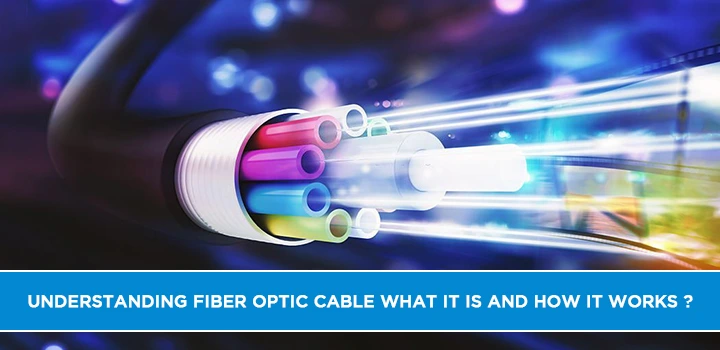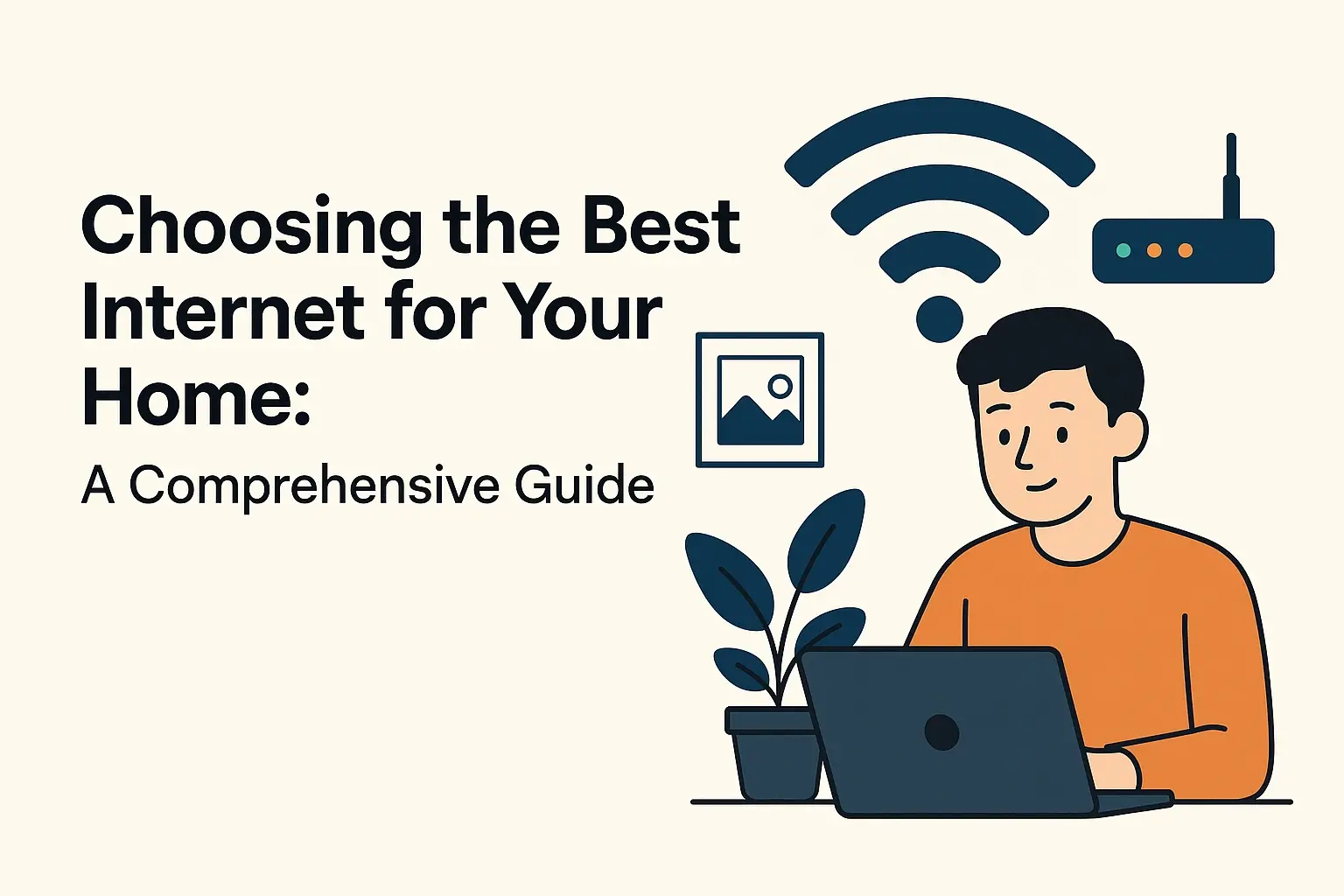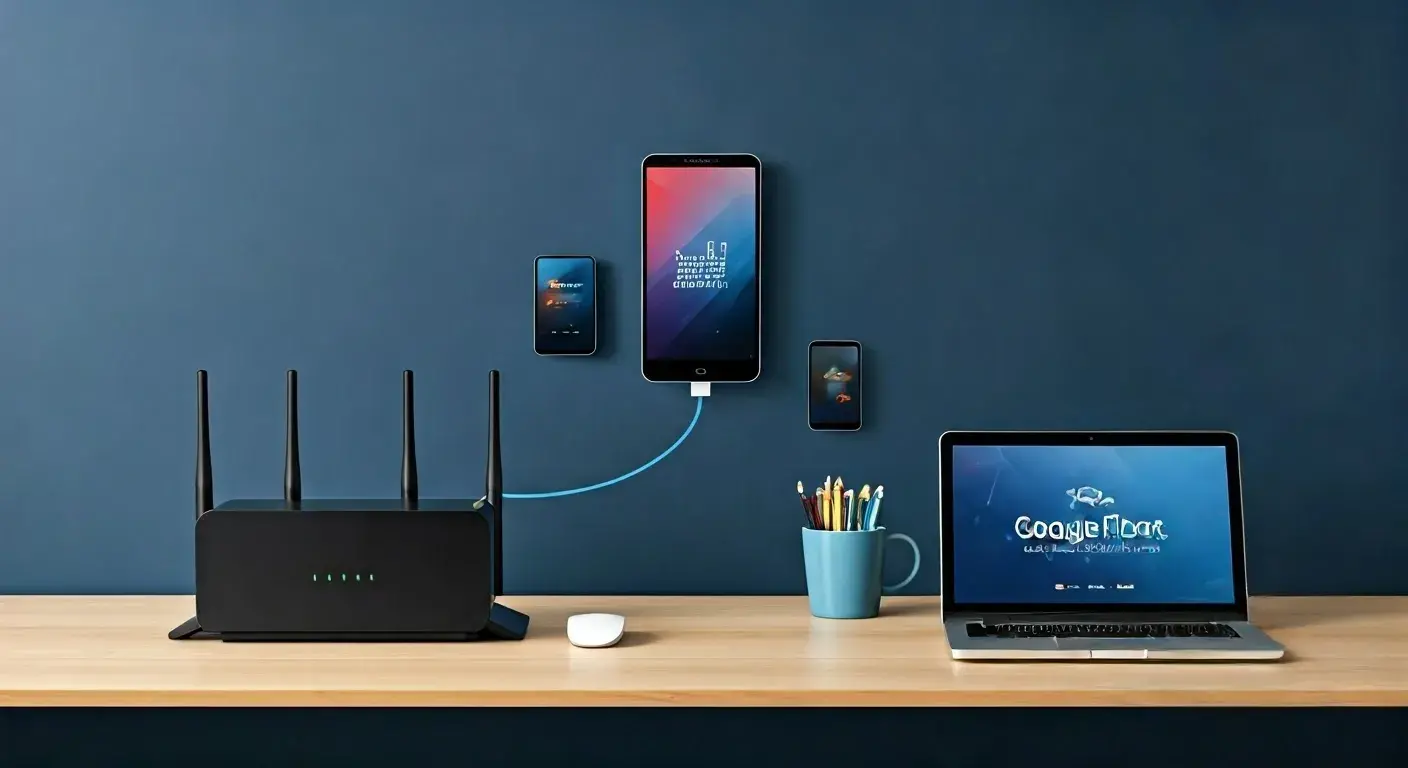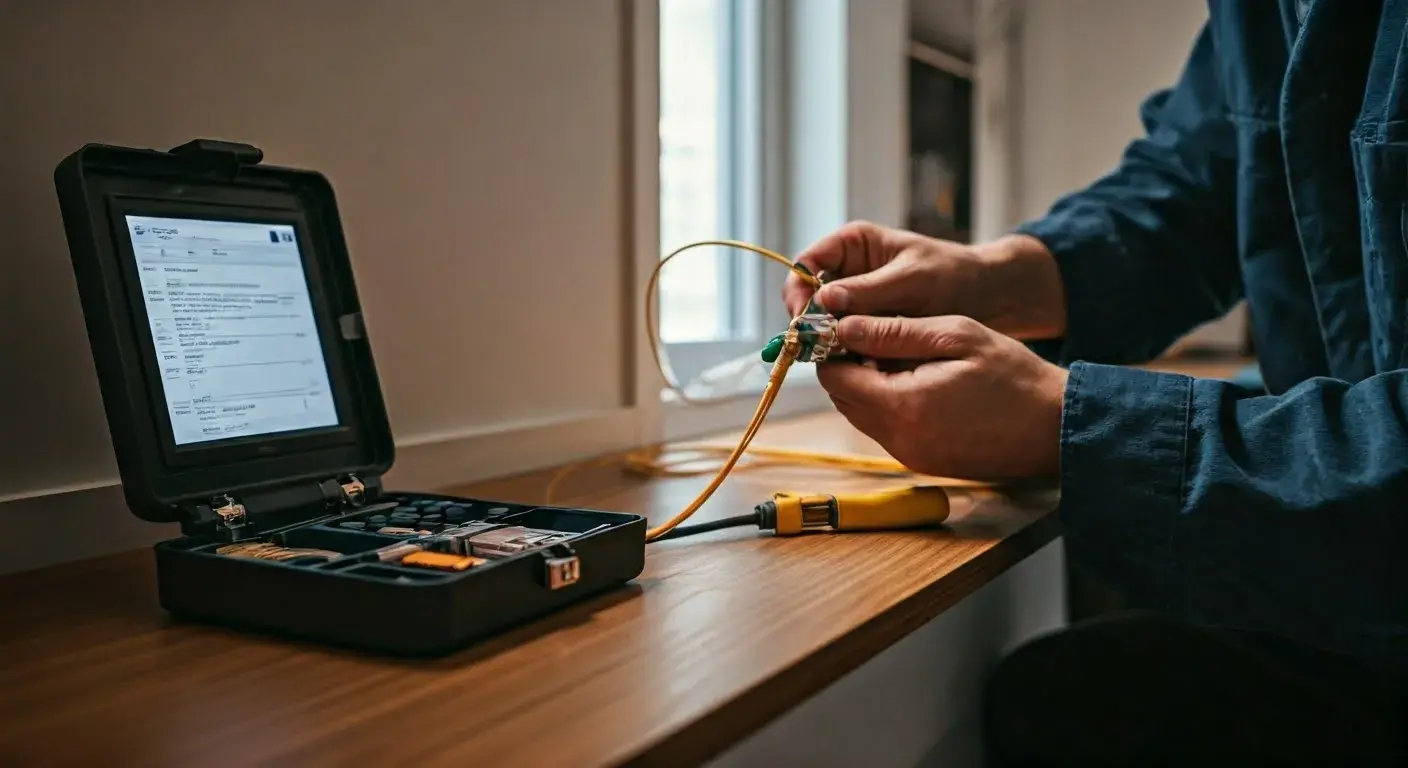Understanding Fiber Optic Cable: What It Is and How It Works?

Fiber optic cable technology has revolutionized the way we communicate and transfer data. Over the last few decades, it has become an essential component of our internet infrastructure, making it possible to transfer massive amounts of data at lightning speed. But what is fiber optic cable, and how does it work? In this blog post, we’ll explore the principles behind fiber optic technology and help you understand how it has become a critical component of modern communication systems. Whether you’re a tech enthusiast or just looking to learn more about this exciting new technology, this post will provide you with a clear and concise understanding of fiber optic cables.
What fiber optic cable?
Fiber optic cable is an advanced technology that allows high-speed internet and data communication. It is a bundle of glass or plastic fibers that transmit light signals through long distances. These ultra-thin fibers are as thin as human hair, but they are capable of carrying huge amounts of data at lightning-fast speeds. Fiber optic cables are widely used in telecommunications, internet service providers, cable TV companies, and data centers. They offer several advantages over traditional copper cables, including faster speeds, higher bandwidth, better reliability, and longer distances without signal degradation. Fiber optic cable is revolutionizing the way we communicate and connect with each other, making our lives more convenient and efficient.
How Fiber Optic Cable Works?
Fiber optic cable uses thin hair-like fibers made of glass or plastic to transmit information from one place to another through pulses of light. These fibers are encased in protective tubing to ensure that they do not break or become damaged. Unlike traditional copper wires, fiber optic cables do not rely on electricity to transmit information. Instead, they use light waves that bounce off the walls of the fiber, known as total internal reflection, to transmit data.
To send data through a fiber optic cable, a device called a transmitter converts electrical signals into optical signals. These signals are then sent through the fiber optic cable as light signals. At the other end of the cable, a receiver device receives the light signals and converts them back into electrical signals that can be understood by computers, phones, or other electronic devices.
Fiber optic cables are capable of transmitting data at very high speeds and over longer distances than traditional copper wires, with minimal loss of data. They are commonly used for internet data transmission, and also for telecommunications, as they are less susceptible to interference and can carry more information than other transmission methods. Because of their many benefits, fiber optic cables are becoming increasingly popular in modern communication and data transmission systems.
Advantages of Fiber Optic Cable
Fiber optic cables offer a wide range of benefits over traditional copper cables. Here are some of the top advantages that make fiber optic cables the go-to choice for many companies and individuals:
High bandwidth: Fiber optic cables offer significantly higher bandwidth than copper cables. This means that they can carry more data at higher speeds over longer distances without suffering signal degradation.
Immunity to electromagnetic interference: Unlike copper cables, fiber optic cables are immune to electromagnetic interference. This makes them ideal for use in areas with high electromagnetic interference or radio frequency interference.
High reliability: Fiber optic cables are highly reliable and offer a long lifespan, even in harsh environments. This is because they are not affected by weather conditions, temperature changes, or environmental hazards.
Security: Fiber optic cables offer high levels of security because they are difficult to tap or intercept. This is due to the fact that they do not radiate electromagnetic signals, making it difficult to detect or intercept any data transmissions.
Cost-effective: While fiber optic cables may have a higher initial cost, they offer a lower total cost of ownership over their lifespan compared to copper cables due to their high reliability and low maintenance requirements.
Scalability: Fiber optic cables offer high scalability, making it easy to expand a network as needed without requiring additional infrastructure. This makes them ideal for use in growing businesses or organizations.
Overall, fiber optic cables offer a range of benefits that make them a top choice for many different applications. From high-bandwidth data transmission to secure networking, fiber optic cables have a lot to offer.
Types of Fiber Optic Cable
Fiber optic cables are a type of communication cable that transfer data through light signals instead of electrical impulses. There are three main types of fiber optic cables: single-mode, multimode, and plastic optical fiber.
Single-mode fiber optic cable
Single-mode fiber optic cables are designed for long-distance data transmission and are primarily used for telecommunications and cable television networks. They have a small core diameter, typically 8-10 microns, and can carry a single mode of light. This means that the light travels straight down the center of the fiber, allowing for more data to be transferred over greater distances.
Multimode fiber optic cable
Multimode fiber optic cables are designed for short-distance data transmission and are commonly used in Local Area Networks (LANs) and data centers. They have a larger core diameter, typically 50-62.5 microns, and allow multiple modes of light to travel down the core. This results in lower bandwidth and shorter transmission distances than single-mode fiber optic cables.
Plastic optical fiber cable
Plastic optical fiber is a type of fiber optic cable that is made of polymer instead of glass. It is less expensive than glass fiber optic cables and is used in applications such as automotive, medical devices, and home networking. It has a larger core diameter, typically 1mm or larger, and is easier to work with than glass fiber optic cables.
In summary, fiber optic cables offer fast and reliable data transmission through light signals, and there are different types of fiber optic cables available for different applications. Whether it’s for telecommunications, LANs, or home networking, fiber optic cables provide a superior communication solution.
Fiber Optic Communication Systems
Fiber optic communication systems have revolutionized the way people interact and communicate with one another across various geographical locations. These systems transmit data and information through thin, flexible glass fibers that are capable of carrying vast amounts of information over long distances at the speed of light.
One of the primary advantages of fiber optic communication systems is their ability to transmit signals over vast distances with minimal signal loss or degradation. This makes them highly reliable and efficient, making them ideal for use in a wide range of applications, including telecommunications, internet connectivity, security systems, and medical instruments, among others.
Aside from their performance advantages, fiber optic communication systems are also highly secure and immune to electromagnetic interference, making them an ideal choice for sensitive applications such as military and government communications.
With advancements in technology, fiber optic communication systems are becoming increasingly affordable and accessible to a wider range of users, enabling more people and businesses to leverage the benefits of this innovative and game-changing technology. As a result, these systems are likely to continue to play an increasingly important role in shaping the way people communicate and interact with one another in the future.
Maintenance and Troubleshooting of Fiber Optic Cable
Fiber optic cables are widely used in telecommunication systems for their ability to transmit signals at high speeds and over long distances. However, for a fiber optic cable to function optimally, it requires maintenance and occasional troubleshooting to keep it in top-notch condition.
Maintenance of fiber optic cables involves taking care of the cable and its surrounding environment to ensure it is clean and free from any obstructions. This includes clearing any debris or dirt that might have accumulated around the cable or inside the fiber optic connectors. Maintenance also involves minimizing the risk of fiber optic cable damage by ensuring that the cable is adequately protected and free from too much tension or stress.
Additionally, proper cleaning and maintenance of fiber optic cables can extend the life of the cable and help avoid costly repairs. For instance, regularly cleaning the fiber optic connectors can prevent contamination by dust or other particles that can lead to signal loss or degradation.
However, despite regular maintenance, fiber optic cables may experience issues that require troubleshooting. Common problems include signal loss, attenuation, and broken fibers.
When faced with such problems, troubleshooters should first determine the specific cause of the issue. They may use an optical time-domain reflectometer (OTDR) to assess the fiber optic cable's quality and pinpoint the specific location of a fault. Once the issue has been identified, the fault can be remedied by breaking open the cable and repairing or replacing the affected fibers or components.
Future of Fiber Optic Cable Technology
Fiber optic cable technology is currently revolutionizing the way information is transmitted over long distances. With its high-speed data transmission and ability to handle large amounts of data, fiber optic cables are quickly replacing traditional copper wire cables.
In the next few years, advancements in fiber optic cable technology are expected to continue. These advancements will likely include improved connectivity and data transfer speeds, as well as increased reliability and durability.
One potential change in fiber optic cable technology is the development of more advanced material coatings. This coating could improve the transmission of data by making the cables more resistant to environmental factors like temperature changes and physical stress.
Additionally, the size of fiber optic cables may change to become even smaller and easier to install. This could make it easier to lay fiber optic cables in hard-to-reach areas or through existing infrastructure without significant disturbance.
Moreover, the use of fiber optic cables is likely to expand beyond traditional communication systems to a wide variety of other applications. These applications may include medical devices, transportation systems, and industrial processes where the transmission of data is vital.
Overall, the future of fiber optic cable technology looks bright. As technology continues to evolve, fiber optic cables will likely continue to play a critical role in the transmission of fast and reliable data across long distances.
Top Fiber Optic Cables Providers
Fiber optic cables are rapidly becoming the go-to choice for high-speed internet connections due to their reliability, consistency, and speed capabilities. If you're in need of a reliable fiber optic cable provider, look no further than these top providers.
1. AT&T Fiber: AT&T Fiber offers speeds up to 1 Gbps in select areas, making it one of the fastest internet providers around. With unlimited data, no annual contract, and no activation fee, AT&T Fiber is an excellent choice for businesses and households alike.
2. Verizon Fios: With Verizon Fios, you'll enjoy blazing-fast internet speeds up to 940 Mbps, which is perfect for streaming, gaming, and more. They also offer TV and phone plans, so you can bundle all your services together for a discounted price.
3. Comcast Xfinity: Xfinity by Comcast offers lightning-fast internet speeds up to 2 Gbps, making it ideal for large families or businesses that demand fast, reliable connectivity. With nationwide coverage, you can be sure to get great service no matter where you are.
4. Google Fiber: Google Fiber offers internet speeds up to 1 Gbps with affordable pricing options. This provider offers a no-contract option, which means no cancellation fees if plans change. Google Fiber also offers a TV service, providing a complete solution for entertainment needs.
No matter which provider you choose, you can be sure that fiber optics will provide the fastest internet speeds and reliability available today. Choose your Fiber optic internet providers and enjoy the benefits of high-speed connectivity!
Want to see if you can get fiber optic internet? Call now (855) 210-8883 For the best deals available today in your area.
Resources:
Fiber Optic Internet - Pros & Cons





